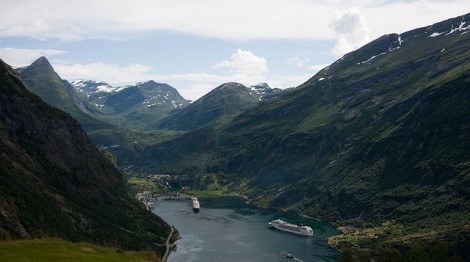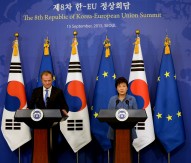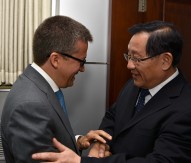
Norwegian environmental institutes encouraged to look to EU
A report by the Research Council of Norway has concluded that national environmental research institutes need to be more active in exploring funding opportunities from the national organisation and the EU.
However, the evaluation of eight institutes also concluded that the quality of research undertaken was deemed high in all areas, with researchers seen as experts by their key users. The report also encourages the environmental research bodies to increase co-operation and develop greater collaboration with private and public sectors.
Commenting, Anders Hanneborg, executive director of the Division for Science at the research council, said: “The committee recommends that the environmental research institutes take more active steps to target their activities towards EU research programmes. The STIM-EU stimulation scheme provides an excellent framework for taking advantage of the funding opportunities under Horizon 2020.
“Likewise, the environmental research institutes should target more of their efforts towards the research council’s various programmes and centre schemes. There is also good potential for increasing co-operation with universities, university colleges and other research institutes.”
The evaluation centred on the Center for International Climate and Environmental Research – Oslo; Nansen Environmental and Remote Sensing Center; Norwegian Institute for Urban and Regional Research; Norwegian Institute for Cultural Heritage Research; Norwegian Institute for Air Research; Norwegian Institute for Nature Research; Norwegian Institute for Water Research; and the Institute of Transport Economics.
Other recommendations include developing partnerships and projects with actors in trade and industry, increasing the number of grant proposals with partners from the public sector, and reinvigorating co-operation through the Oslo Centre for Interdisciplinary Environmental and Social Research. A major review of the structure, regulations and practices of the market for Norwegian research is also recommended, in addition to making basic funding for the institutes more competition based.
Adding further thoughts, Hanneborg said: “The research council will incorporate the recommendations of the evaluation committee in its follow-up efforts. Now we want to get the input of the individual institutes to find out which measures they want to implement and what kind of follow-up they are expecting from the research council.”
The report is the first of several evaluations to be undertaken in Norway, which sees the assessment of all research institutes receiving basic public funding.




